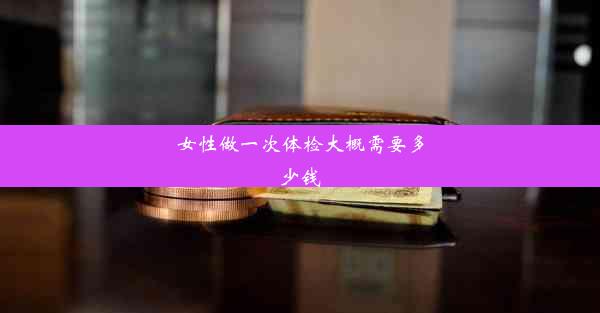
Introduction to the English Honorifics for Married Women
In the English-speaking world, the way people address each other can be a reflection of their social status, relationship, and cultural norms. For married women, there are specific honorifics that are commonly used to show respect and acknowledgment of their marital status. This article explores the various English honorifics for married women and their usage.
Ms.
The most commonly used honorific for married women is Ms. This term is gender-neutral and does not imply marital status. It is often used in professional settings to address women without revealing their marital status. Ms. is preferred over Mrs. in many contemporary contexts as it is considered more respectful and less invasive of personal information.
Mrs.
Mrs. is the traditional honorific for married women. It is derived from the word mistress, which originally referred to a woman's husband. While Mrs. is still widely recognized and used, its popularity has declined in recent years, especially in more formal or traditional settings.
Ms. Smith
When addressing a married woman by her full name, it is common to use Ms. Smith instead of Mrs. Smith. This practice is particularly prevalent in business and professional environments where maintaining a professional demeanor is crucial. It also allows for the inclusion of the woman's surname without revealing her marital status.
Dr. Mrs. Smith
For married women who hold a doctoral degree, it is appropriate to use Dr. Mrs. Smith. This honorific acknowledges both the woman's professional achievement and her marital status. It is important to note that Dr. should precede Mrs. to show respect for the academic title.
Madam
Madam is another honorific that can be used to address married women, particularly in formal or official settings. It is a more formal and respectful term than Miss or Ms. and is often used in situations where the woman's marital status is not known or is not relevant.
Ma'am
Ma'am is a colloquial term for madam and is often used in a friendly or informal manner. It is more common in the United States and can be used to address married women in a casual setting. However, it is important to use ma'am with caution, as it may be perceived as overly familiar in some contexts.
Addressing Women by Their Maiden Name
In some cases, it may be appropriate to address a married woman by her maiden name, especially if she is known by that name in a particular context. For example, if a woman is a well-known author or public figure, her maiden name may be the one most associated with her professional identity. In such cases, it is respectful to use her maiden name as her honorific.
Conclusion
The use of English honorifics for married women is a nuanced aspect of communication that reflects cultural norms and personal preferences. While Ms. has become the most widely accepted and gender-neutral option, Mrs. and Madam are still used in certain contexts. It is important to be aware of the different honorifics and their appropriate usage to ensure respectful and effective communication.












